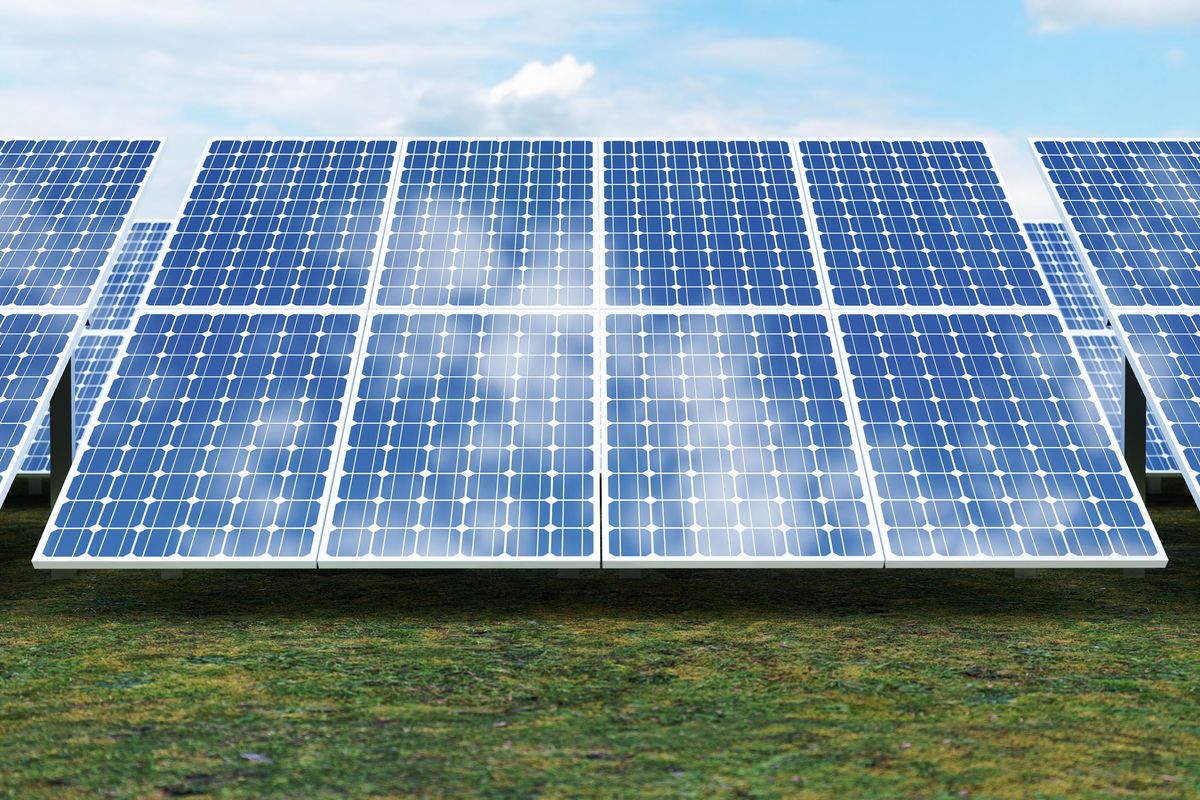In the realm of renewable energy, perovskite-based photovoltaics (PVs) have emerged as a promising technology. Recent advancements in perovskite PVs have resulted in the material boasting power-conversion efficiencies that rival and even surpass established PV technologies such as silicon-based PV, cadmium telluride, and copper indium gallium diselenide.
However, a recent report by an international consortium of academic and industrial partners led by the National Renewable Energy Laboratory(NREL) in the United States and the Karlsruhe Institute of Technology (KIT) in Germany has cautioned that the pathway to the widespread commercialization of perovskite PV remains uncertain. One potential reason is the differing fabrication technologies used by labs and those used by manufacturers.
Solution-based methods are commonly used in research settings due to their cost effectiveness and rapid-optimization capabilities. These approaches involve the use of inks containing organic and inorganic salts that are dissolved in a solvent. These inks can be deposited on the substrate surface using various printing techniques. This simple and easy fabrication technique has helped fuel the rapid advancement of perovskite photovoltaics in the early days of their development, says Ulrich Wilhelm Paetzold, a professor at KIT.
While this fabrication technique has helped advance the technology in labs, manufacturers employ different production techniques collectively known as vapor-based deposition processes. Vapor-based deposition is dominant in established thin-film manufacturing for photovoltaics or organic light-emitting diodes. While vapor-based deposition techniques can be better controlled, reproduced, and scaled than solution-based techniques, they are less explored in research literature.
“Without any doubt, the vapor-based deposition route is heavily underrepresented in research.” —Ulrich Wilhelm Paetzold, KIT
One reason labs haven’t started working with vapor-based deposition simply comes down to cost. “A spin coater used in solution-based methods costs €1,000 to €20,000 [about US $1,100 to $22,000] and a glove box, €20,000 to €60,000 [about $22,000 to $65,000],” says Paetzold. “But a thermal evaporator used in vapor-deposition processes is in the range of more than €200,000 [about $220,000].”
Paetzold also points to something he terms “technology lock-in.” “If more people are skilled to do high-performance perovskite solar cells by solution processing, people tend to continue what they did before,” Paetzold says.
While all of this may paint a gloomy picture for the commercialization of perovskite PVs, the report does point out that perovskite is approaching commercial markets currently with the first solar module manufacturers expected to enter the market later this year or by 2025. But, according to the report, until these manufacturing questions are sorted out, perovskite PVs won’t really reach their full potential. This is in large part because it is yet unknown which fabrication technology—solution-based, vapor-based, or some combination of the two—will eventually prove to be the best approach for broad commercialization.
Paetzold says that there is still no industry consensus on what technology will be used for scaling up perovskite PV production in the future. “Different actors have different opinions,” he says. “But without any doubt, the vapor-based deposition route is heavily underrepresented in research compared to the large interest in this method in industry.”
One key challenge of the industrial vapor-based deposition processes is that the current route of physical vapor deposition by filament evaporation provides rates that are too low for industrial production, according to Paetzold, and further improvements are needed. “I expect a real technology push from new and innovative vapor-based deposition techniques that will be developed and researched over the next years,” he says.
Paetzold and his colleagues believe that if the manufacturing processes for vapor deposition are improved, it can be cost competitive with solution deposition techniques.
Industry stakeholders, according to the report, have a keen interest in pursuing vapor-based processing for perovskite PV. The report suggests that the convergence of research efforts, industry investment, and technological innovations in vapor-phase deposition will accelerate the commercialization timeline for perovskite-based solar modules.
The report was published 23 January in the journal Energy & Environmental Science.
Dexter Johnson is a contributing editor at IEEE Spectrum, with a focus on nanotechnology.



